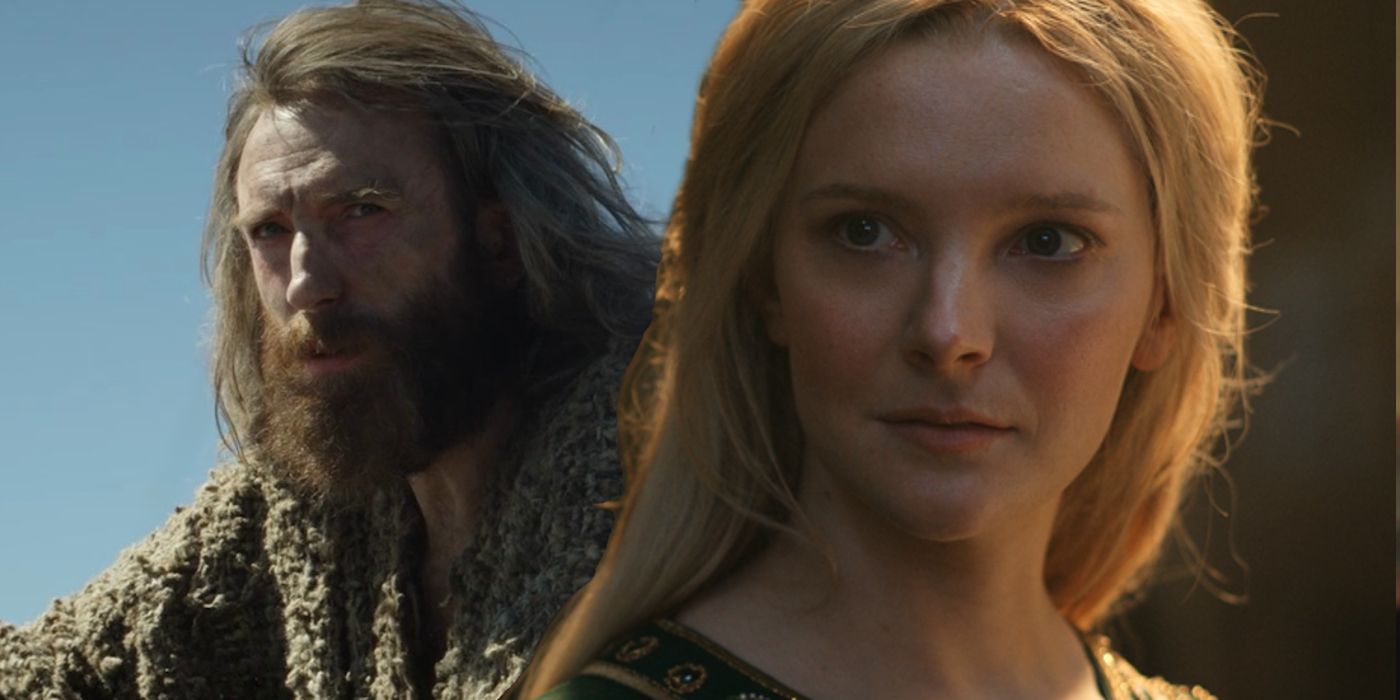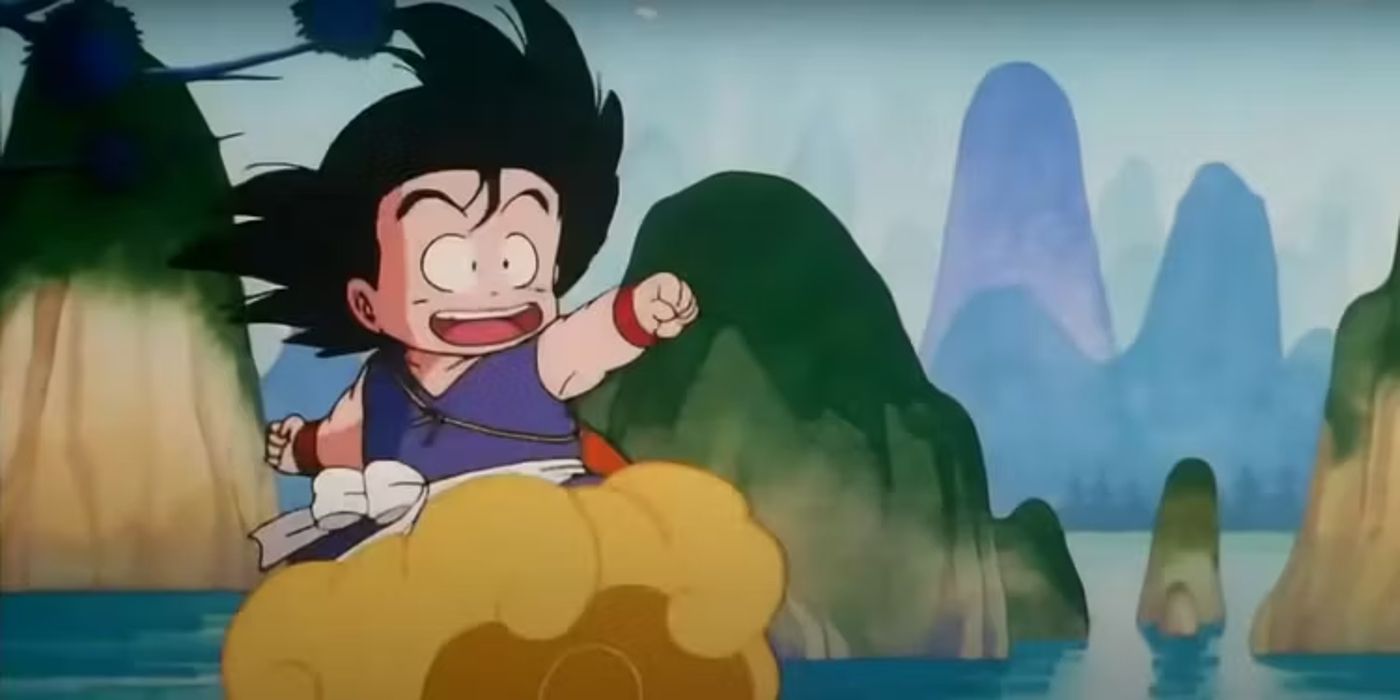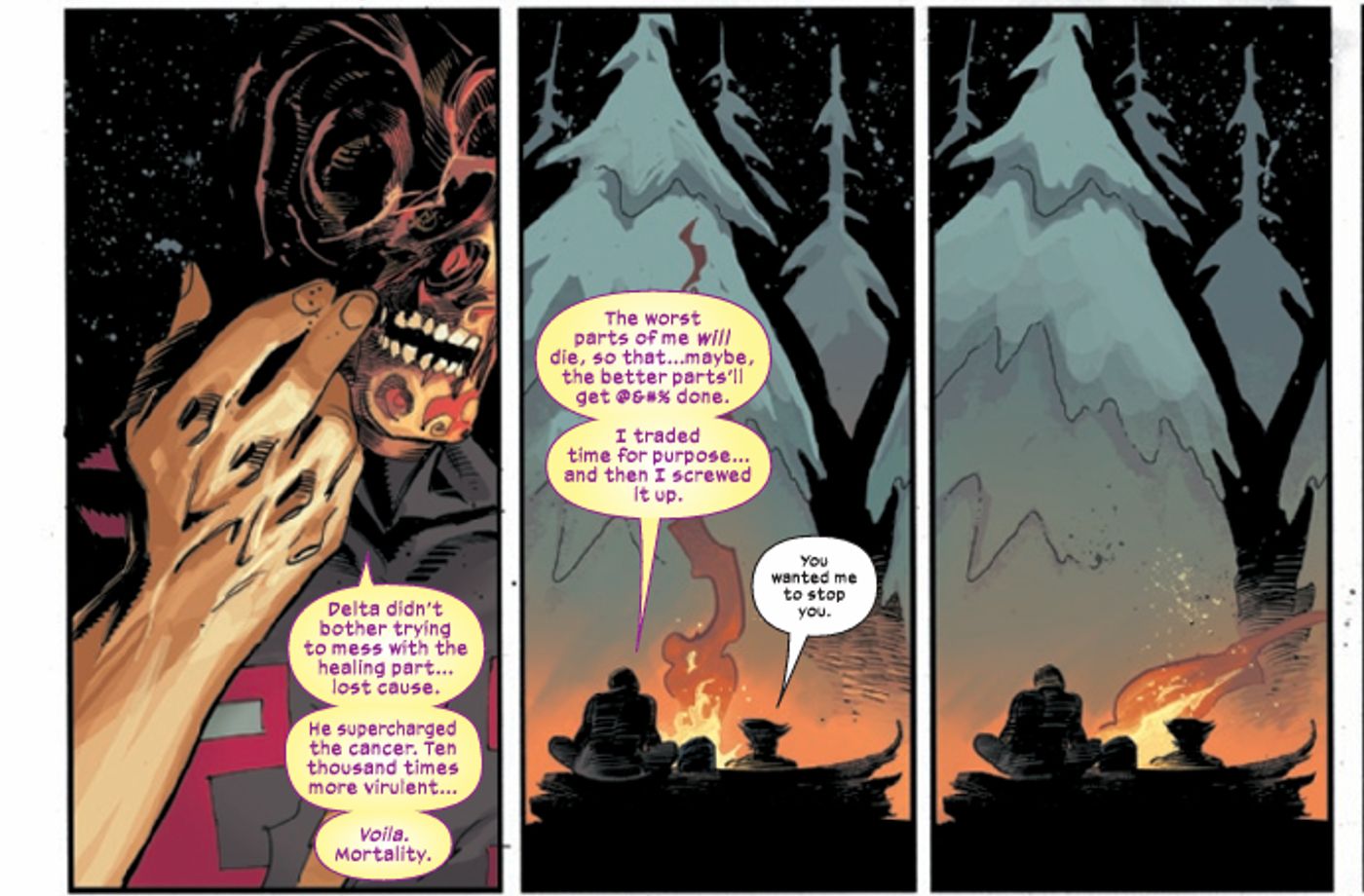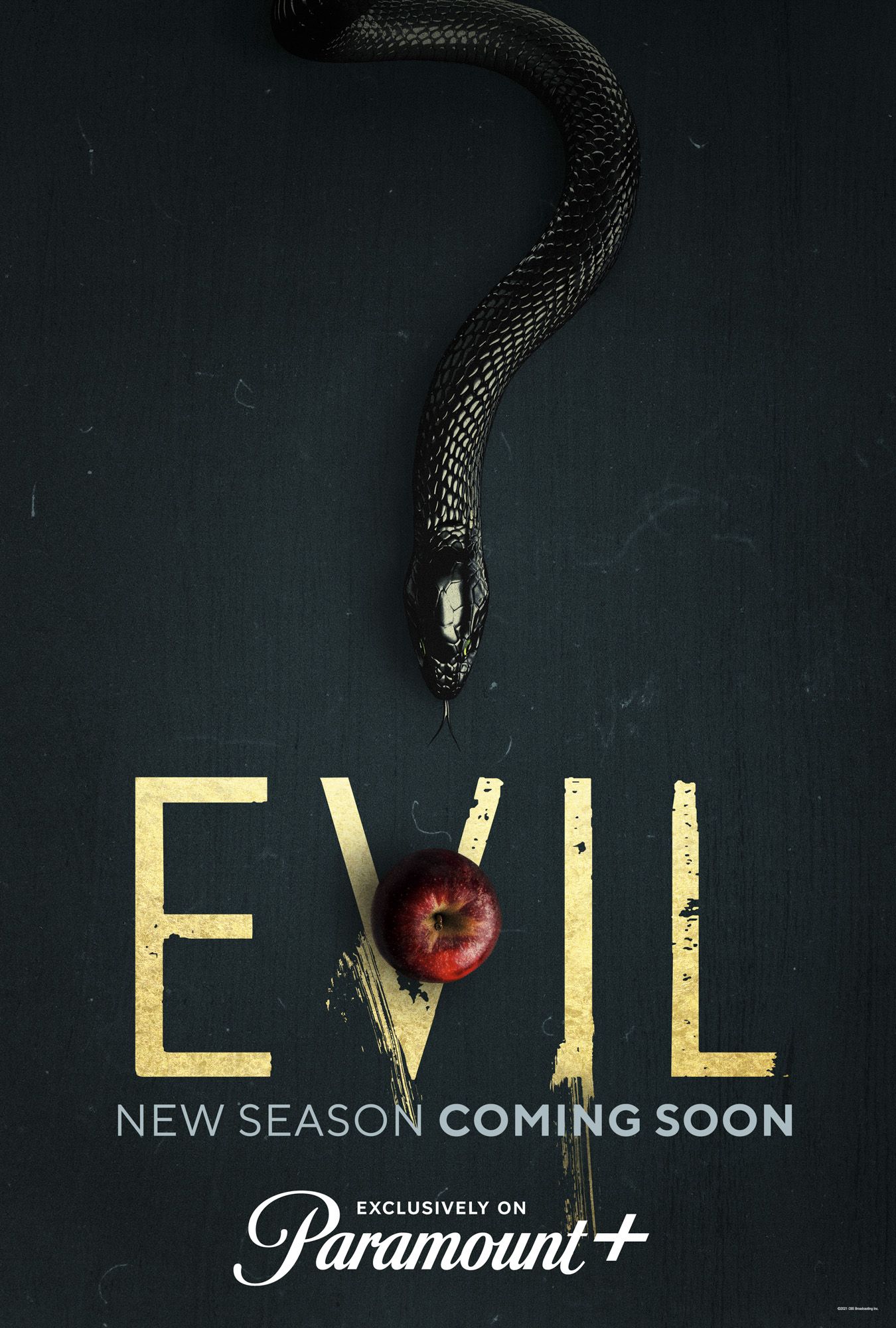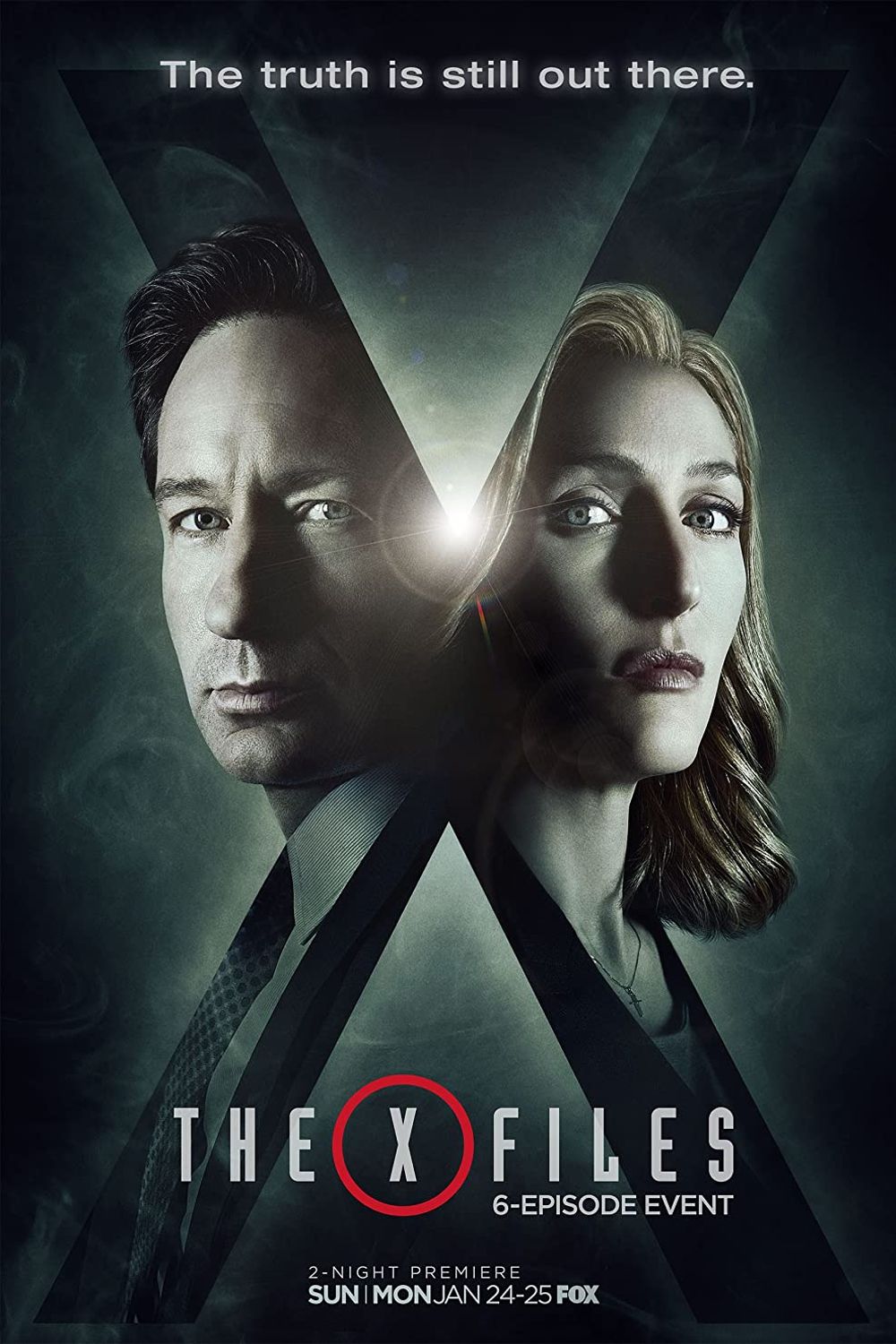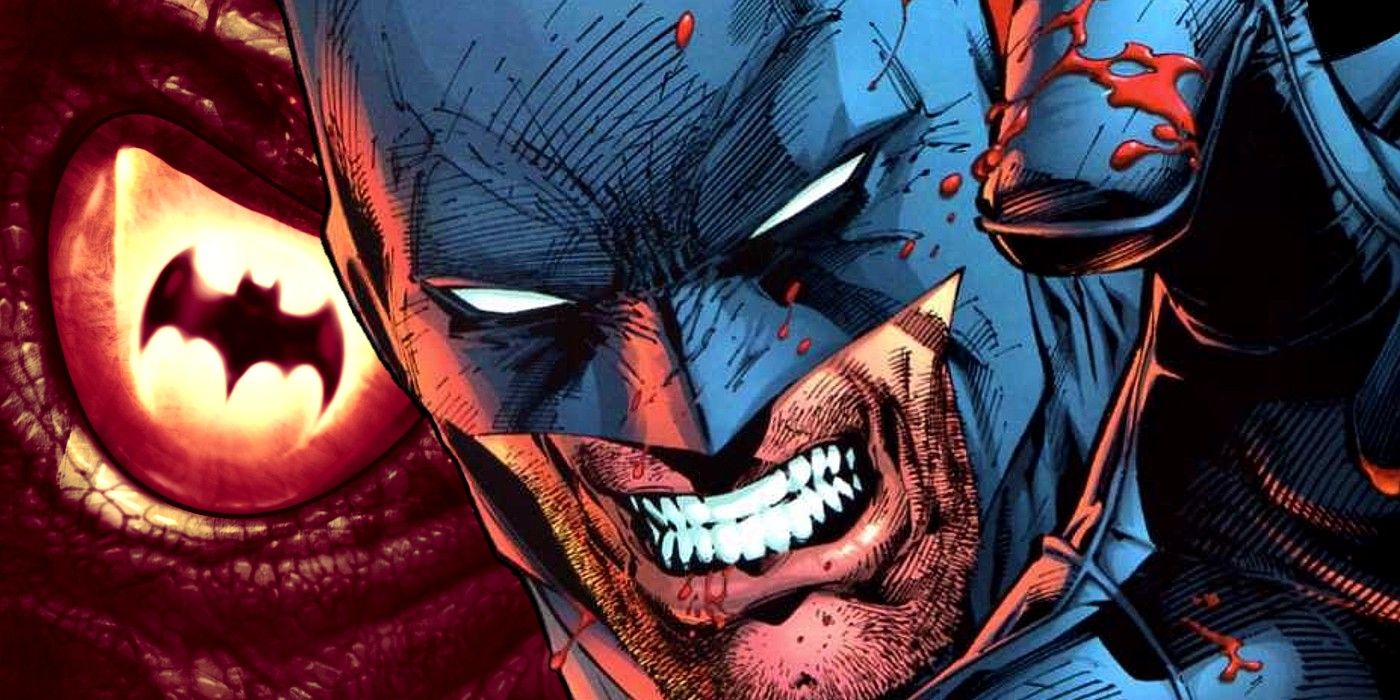
Warning: spoilers for Batman: Reptilian #1 ahead.
Batman has been one of DC Comics’ premier heroes for several decades now, and his character has gone through many iterations that have highlighted the underlying tensions of his character. While an orphaned billionaire turned vigilante may seem like a flimsy premise on the surface, scores of writers across Batman’s publication history have interpreted his core elements in divergent ways, making him endlessly adaptable to changing times. The Batman and Bruce Wayne of 1939 are a far cry from the character featured in the current Batman and Detective Comics series, much less his past versions in storylines such as The Dark Knight Returns, Arkham Asylum, The Long Halloween, and The Court of Owls. Batman’s longevity as a character rests in how inequality and social unrest have continued to persist in society.
While Batman is somewhat of a shapeshifter in terms of his development as a character, his storied history does place limits on his characterization, one that is apparent in Garth Ennis, Liam Sharp, and Rob Steen’s Batman: Reptilian #1. The first issue of this new Black Label series covers the discovery of a terrible force wreaking violent havoc on Gotham City’s villains, and features a less than subtle version of the Dark Knight as a man consumed by his predilection towards violence. Written by Garth Ennis, co-creator of the superhero satire The Boys, this version of Batman carries all the hallmarks of Ennis’s distrust and disdain towards superheroes.
Ennis has a clear vision of Batman as, in his own words, “a billionaire aristocrat who beats up poor people,” and the Caped Crusader in Reptilian is a callous bully. This criticism of the character would be fair enough if it weren’t for the fact that Batman stories have been unpacking his most troubling aspects for at least the past twenty years. The breadth of Batman’s publication history has shown both readers and creators his flexibility as a character, and seeing a version of him stooped entirely in cruelty is difficult to believe when much more nuanced stories have already brought insight into his failings. While Ennis is right to be critical of Batman for being both a billionaire and an aristocrat, rendering the character with such a broad stroke in Reptilian asks fans to conveniently disregard years of discourse in comics that have examined this subject first.
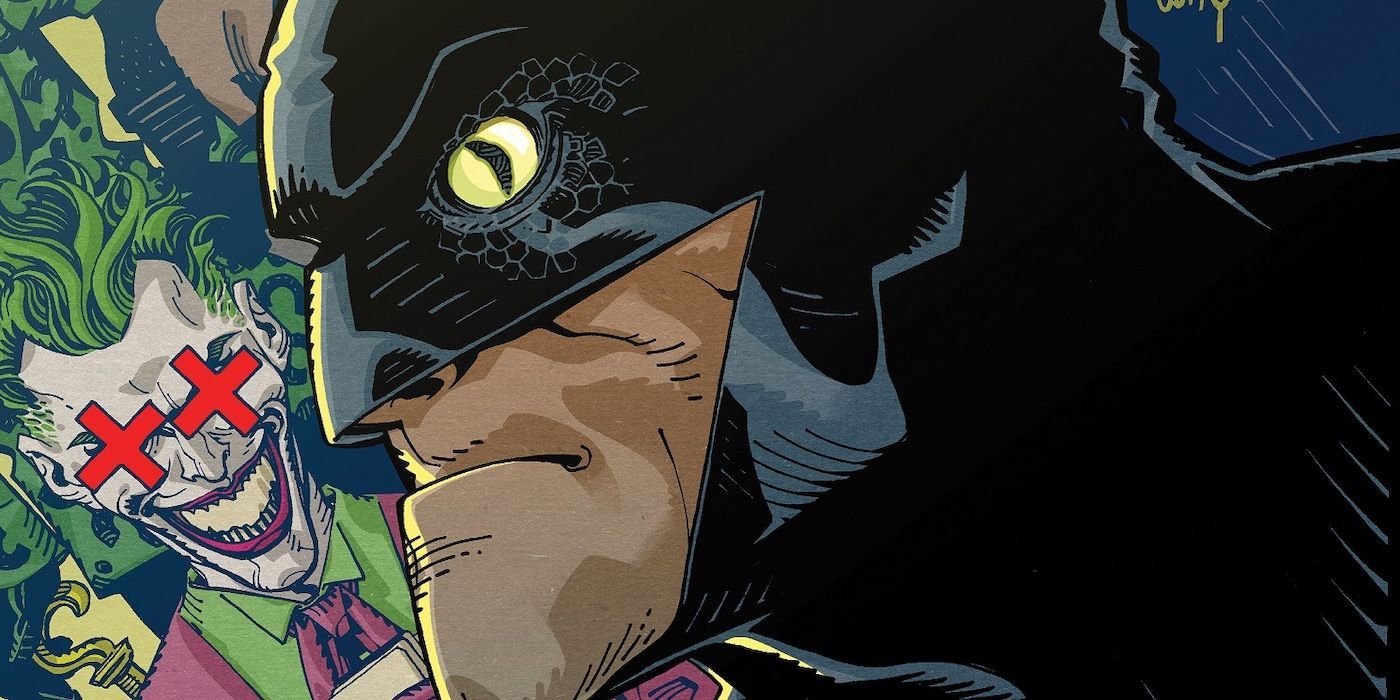
One of the biggest strengths of current Batman stories is both their moral nuance and empathy, for both the hero and everyone he deals with in Gotham City. Reptilian evidences that flatly characterizing Batman as a bully falls short of offering something new to readers. Lacking expansiveness through nuance and an effort within the story to disassemble the core aspects of the character, this Batman treads tired territory that both hero and fans have already grown past from.
Through this characterization, Batman does not ascend past the cruelty of Gotham City, which many would see as the antithesis to his identity as a character. This is most evident in the fact that he famously has a “no kill” rule, despite the fact that the violence of Gotham resulted in the horrific murder of his parents in front of him as a child. Bruce Wayne had to reckon with the reality of human cruelty from a very young age, and for him to directly participate in it in Reptilian betrays the values that made him put on the cowl to begin with.
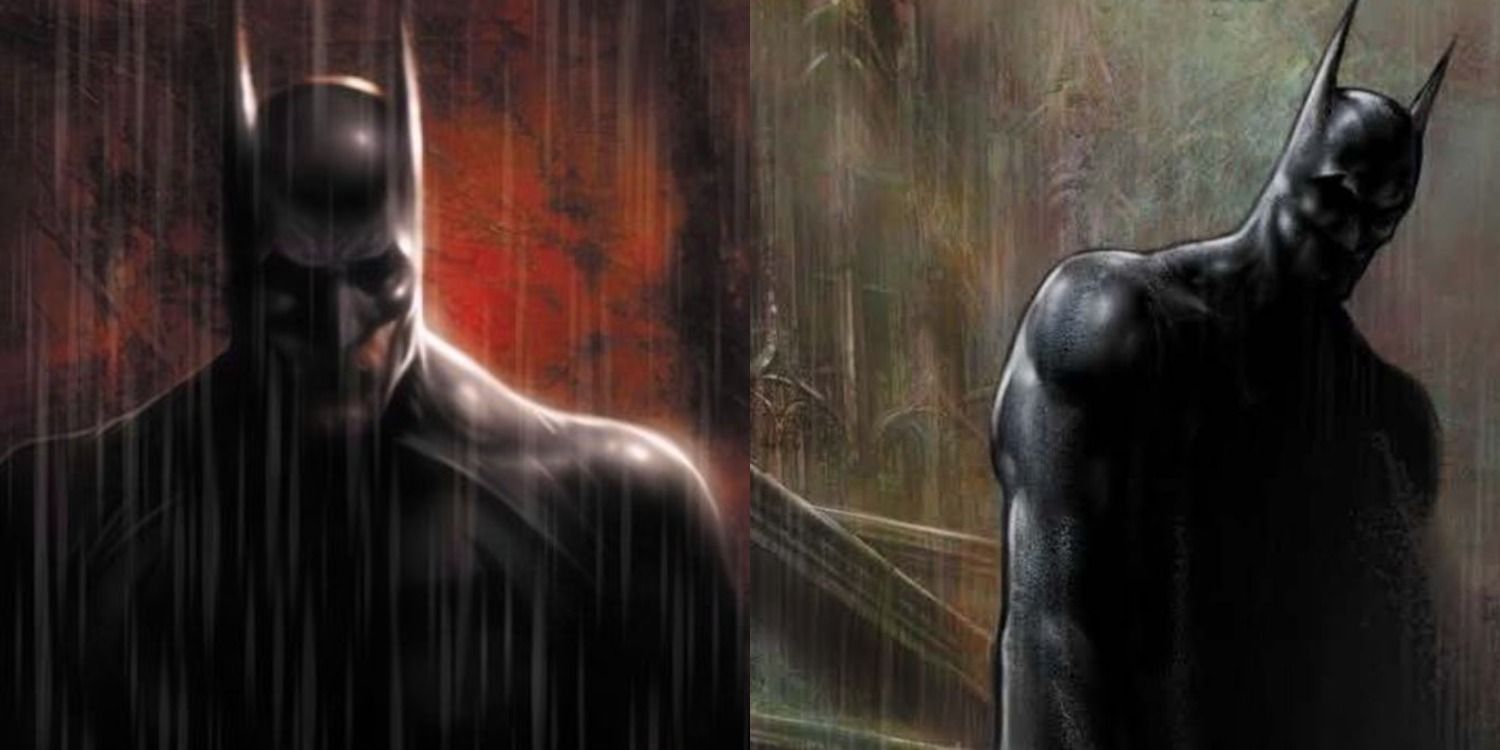
This comes to a head when Batman corners a petty criminal on the edge of a building, where he taunts him after the man becomes scared of falling. Walking him to the edge of the rooftop, Batman says, “What are you worried about? The Batman never kills. Everyone knows that.” Here, Batman isn’t a troubled man trying to do what good he can, or even a misguided billionaire beating up poor people: he’s a schoolyard bully who derives enjoyment from terrorizing other people, a characterization which offers the least complexity out of all three. Reminding readers of his “no kill” rule comes across as hollow, instead of edgy, because this Batman lacks his signature sense of psychological depth.
Rendering Batman as a bully is also concerning within the context of emphasizing Gotham’s corruption. The issue starts with details of horrific abuse that a professional boxer was able to get away with. Batman then appears and baits the boxer into fighting him, only to flip him over and permanently injure him in “self defense.” While what the boxer had done was inarguably horrible, there is a sort of mean-spiritedness that permeates Batman’s behavior in the scene. In order to deal with a bully, Batman becomes a bully himself, which at this point in his publication history, comes off flat.
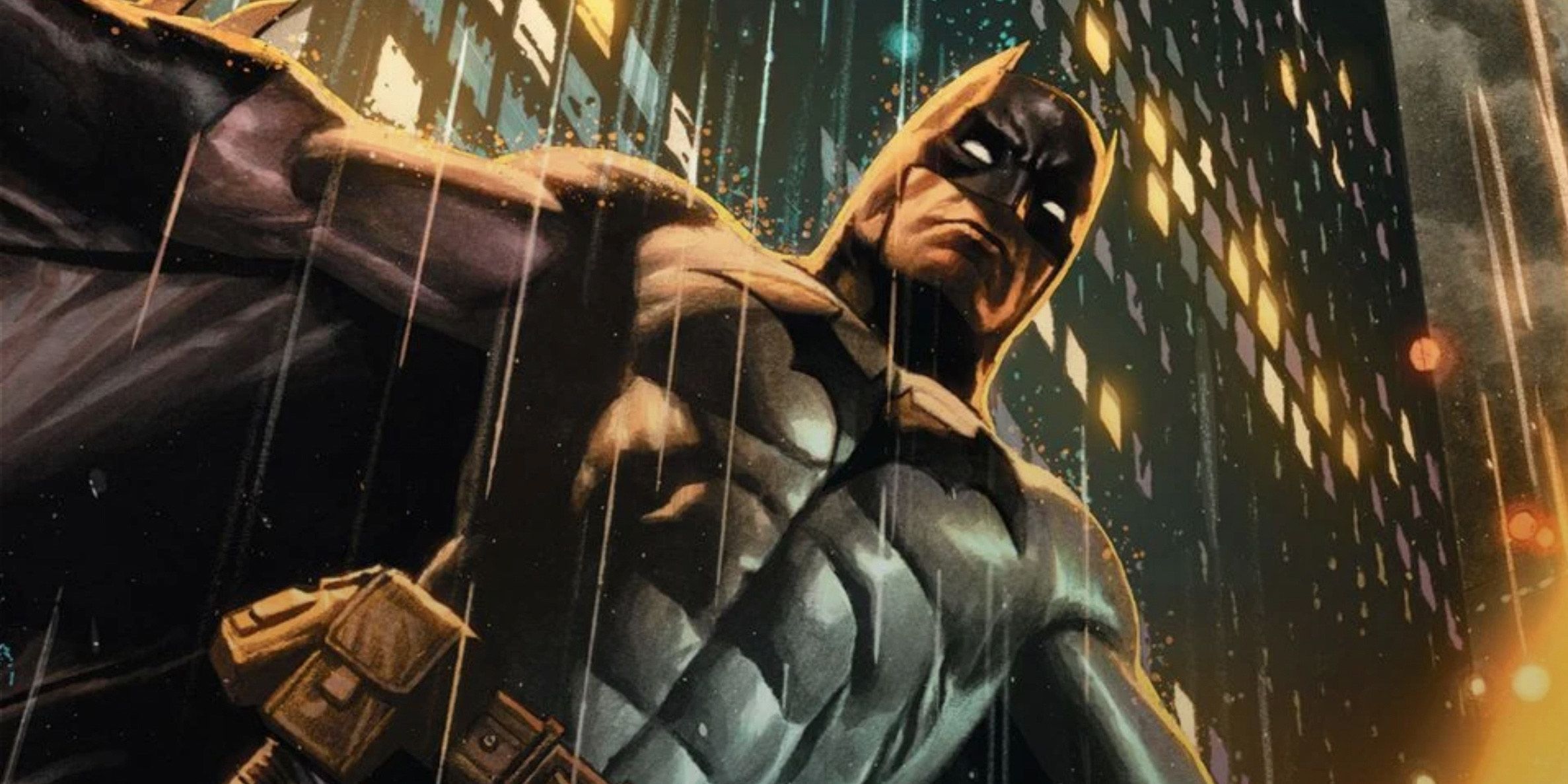
Comics as a medium are built off of serialization, with a certain cumulative quality given to characters who have been around for decades. Batman never exists on his own, but within the various interpretations of his character given by the scores of writers and artists who have rendered him in the past. If anything, this new Batman: Reptilian series demonstrates the power, and limitations, of superhero comics’ format. This first issue stumbles where it is unable to escape the fact that many of the things it criticizes about Batman have already been discussed at length in previous stories.
Garth Ennis’s version of Batman is quite a shock to many longtime fans of the character, and while a certain expansiveness is always necessary to keep old characters up to date, it could be seen as veering into regressive territory. There are certain aspects of Batman’s character that will always remain controversial, but many of Batman’s current storylines are unpacking and challenging these notions to begin with. If Batman: Reptilian can find a way to balance this vision of Batman whilst also avoiding a broad characterization of him as a bully, then it has the opportunity to add to an ever evolving discourse that has made the Caped Crusader such a timeless character.
